The issue of power creep is one that haunts pretty much all of the best card games at some point. However, if you’ve played Magic: The Gathering for a while (and especially if your history with the game goes back a couple of years), you’ll likely be familiar with another term too: complexity creep.
In order to evolve and keep the game fresh, it’s vital that designers continually offer something mechanically new and experimental throughout the product line. Yet with that experimentation can come frustration and confusion as players attempt to come to grips with set design choices that present more like an obstacle to satisfying play than they do a contribution to it. This can manifest in a number of ways: be that an impenetrable wall of ruletext, a swathe of different counters that take far too much brain power to keep track of, or just a new keyword that’s a needless reflavoring of kicker.
That’s not to say new mechanics should be avoided entirely. As Lead Designer, Mark Rosewater notes on the MTG blog, the reception to 1999’s Mercadian Masques expansion showed that players actively complain when they feel there are no new mechanics offered by a set.
It’s just that things which are new aren’t automatically good. And really, any new mechanic in a Magic: The Gathering set shouldn’t be considered a necessary addition as a matter of fact; they have to be uniquely enjoyable enough to justify their inclusion. Otherwise, wrestling with an entire vocabulary of keywords can stop being worth a player’s time. Just look at the 2019 Playtest card, Bear with Set’s Mechanic for a playful reminder from WOTC themselves: uninspired card design is an easy trap to fall into when the novelty of a mechanic is used as a crutch.
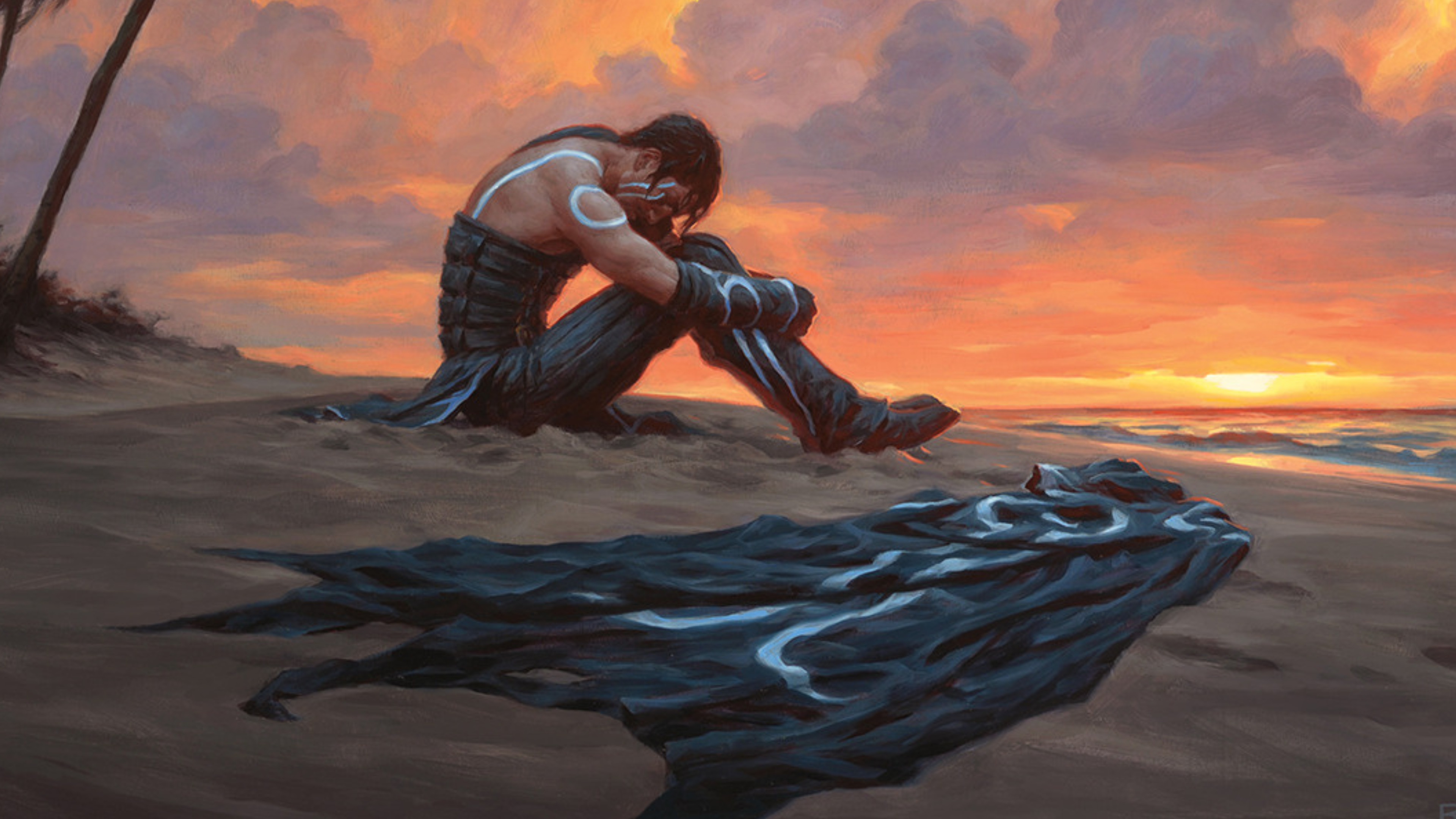
MTG Aetherdrift manages to take a pretty significant step in achieving this balance. Alongside having a dedicated cycle of Vanilla creatures (no rule text is pretty much as simple as the game can get), the set plays it relatively light on new mechanics and keywords. From my perspective, this was a well-informed decision; plenty of existing ones (think saddle, energy, crew) are suited to the set theme. So, other than the admittedly bland Exhaust, it seems as though MTG Aetherdrift is an example of designers carefully weighing the benefits of introducing new mechanics against the disadvantage of them bogging down play.
For better or worse, what MTG Aetherdrift doesn’t–or perhaps can’t–do is walk back what complexity creep has already occurred. It also isn’t going to do much to address wider-scale problems that Magic: The Gathering players have been expressing; namely, that of product fatigue. Product fatigue can take a number of forms and have a variety of causes depending on your personal tastes as a player and your expectations for the game. Yet the commonality between all those experiencing product fatigue is a general feeling of Magic: The Gathering malaise. Sets are being released but for whatever reason, you as a MTG player are not excited to buy up, collect them, or play them. Tuning down excessive new set mechanics should go some way to combat this problem but really, it’s about the entire release schedule.
If we’re looking at it in basic numbers, 2025’s planned lineup actually holds two sets less than that of 2024. That’s got to be a huge step, right? Ehh… There are fewer sets this year which should–in theory–translate to more focused interest among players. However, a massive shift occurred this year in how the MTG release schedule actually functions. Universes Beyond sets (Magic’s IP crossover releases) make up 50% of the yearly product lineup and are now Standard-legal. Universes Beyond as a concept already has its share of vocal detractors but the reliance on an outside property really makes for a gamble on whether or not enfranchised players are going to be on board with half of Magic: The Gathering’s output in 2025. Hell, individual cases of product fatigue are most likely going to increase.

Is that a bad omen for the game as a whole? Well, there’s one key way to dodge product fatigue that a lot of Magic: The Gathering players don’t really consider. It’s one that fundamentally challenges the validity of product fatigue as a problem in the first place. You might need to let yourself be fatigued; address that product fatigue with a little product rest, if necessary. While the die-hard Magic: The Gathering fan in you might be wrestling with FOMO, making yourself feel obligated to engage with sets that simply aren’t to your tastes can’t do much more than embitter you further.
Understandably, Magic: The Gathering’s R&D is in a position of wanting to create a game that functions for many different people in many different kinds of ways. Regardless of what format you play, your playstyle, or your experience level, there are sections of the product lineup that are crafted specifically with you in mind. It’s an unfortunate truth that those dealing with product fatigue need to accept: in order to be something to everyone, Magic: The Gathering can’t really avoid no longer being everything to someone.
Keen to find out more about the newest Magic set? Check out everything we know about MTG Aetherdrift. We’ve got the lowdown on the best MTG Aetherdrift cards too.
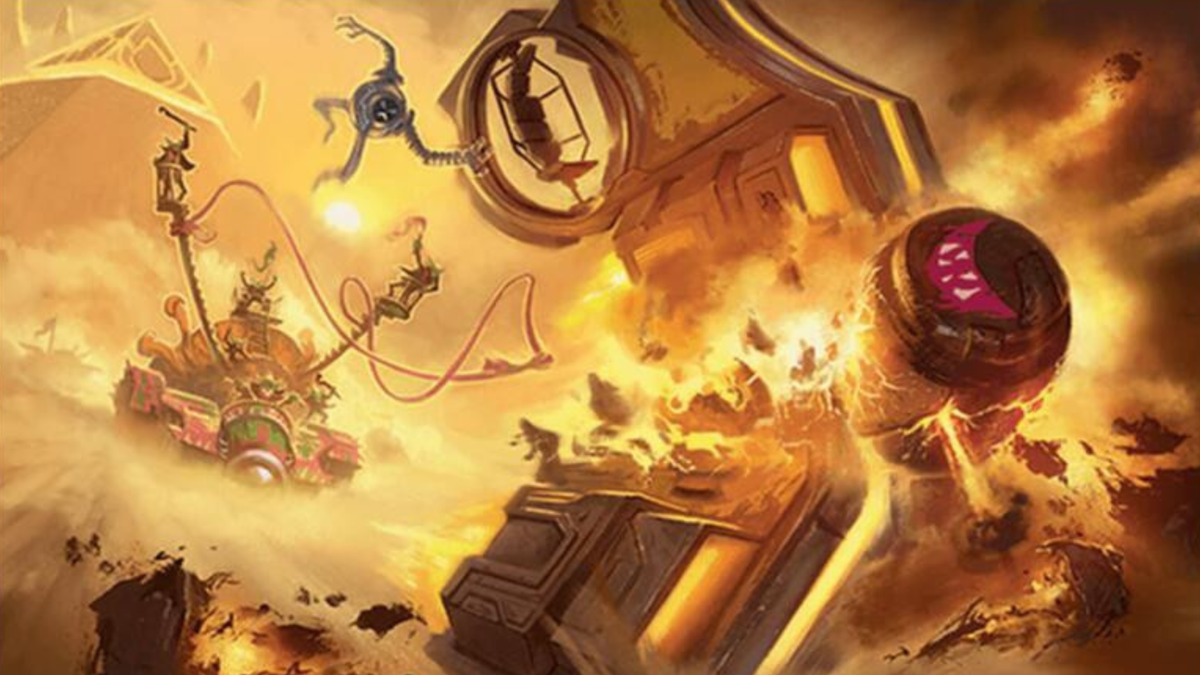
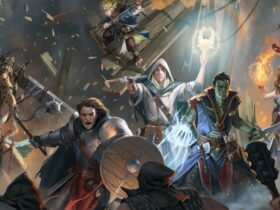




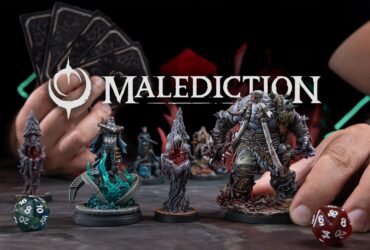


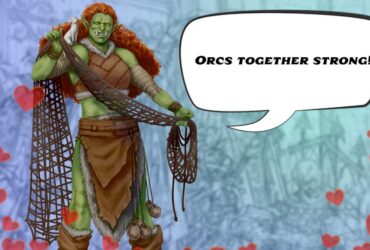


Leave a Reply